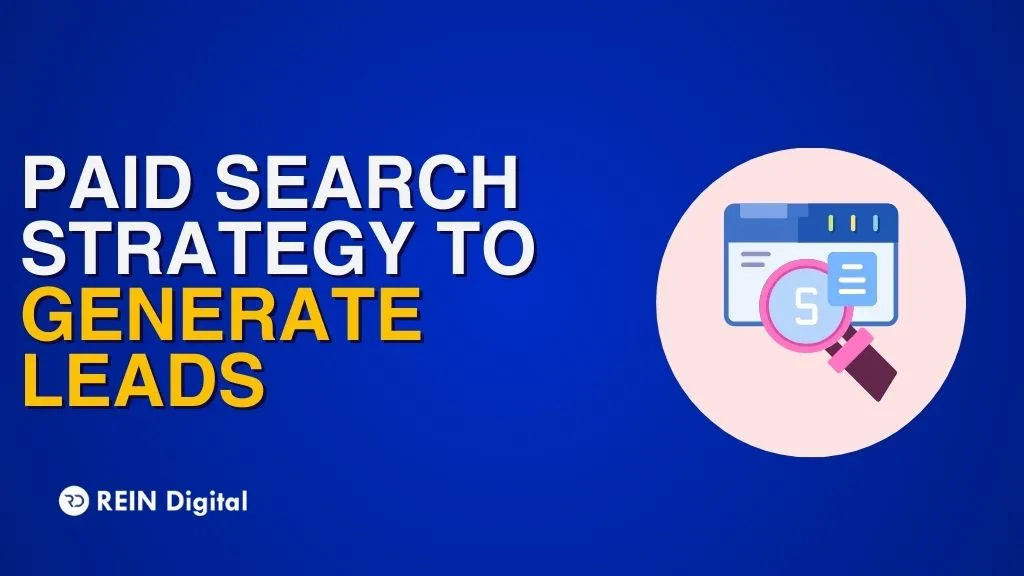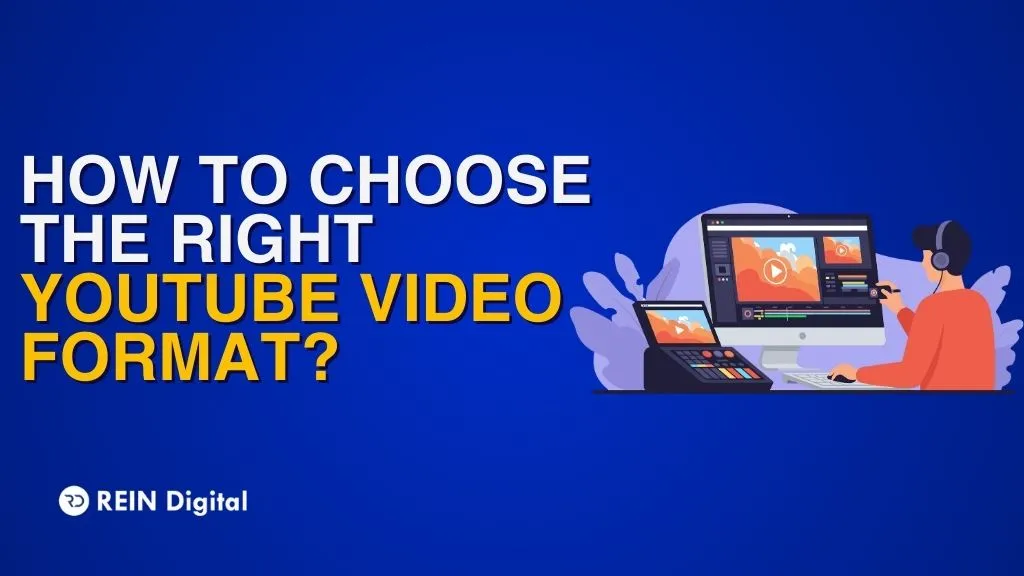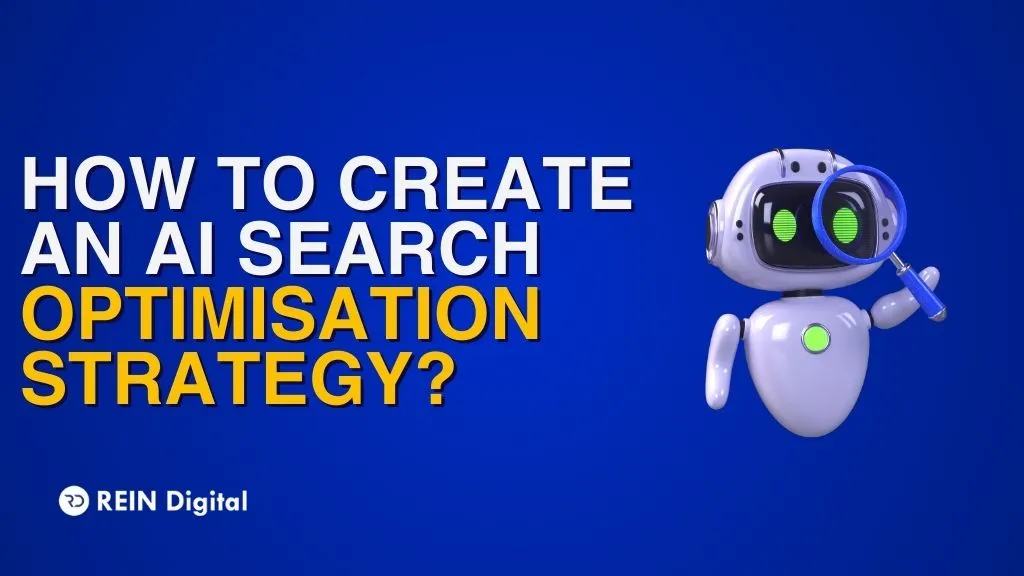
User-generated content (UGC) is written content that a website receives from an unpaid source. The details might come in the form of a picture, a video, a blog or discussion forum post, a poll answer, or a social networking website remark.
In conventional communication techniques, a single source disseminates information to several recipients, such as through a newspaper article, a book, or an advertisement on a local news station. Though some media organizations encourage unpaid contributors to submit work for the media organization to republish, market, and monetize, others have built their whole business models around UGC.
Not yet understanding? We've got your back, so don't worry. But first, ‘What is UGC?’ or ‘What is user-generated content?’
What is user-generated content?
User-generated content, commonly referred to as UGC or consumer-generated content, is a unique material made by customers specifically for a business and shared on social media or through other means. UGC may take many different forms, such as pictures, movies, reviews, a recommendation, or even a podcast.
What sources are there for UGC content?
- Brand enthusiasts
Supporters, defenders, or followers. Whatever you want to name them, your most loyal customers are often the ones who are most enthused about your company. Since brand acolytes are so fervent in their devotion to the brand, this audience group is excellent for approaching and requesting particular UGC material.
- Customers
Think about Instagram praise-filled posts or TikTok unboxing videos. Most often, you'll seek UGC from your consumers, either because you've asked for it or because they've naturally chosen to share information about your business.
- UGC creators
A UGC creator is a person who produces sponsored material that seems genuine but is designed to highlight a certain company or item. UGC producers are hired by marketers to produce material that resembles conventional UGC; they do not produce typical organic UGC.
- Employees
Employee-generated content (EGC) reveals the significance and narrative of your brand. For instance, images of staff members packaging or assembling goods, or a video of your team discussing why they enjoy working for your business. This behind-the-scenes material promotes authenticity across social media and advertisements while establishing brand identification.
How significant is user-generated content?
UGC is utilized at every level of the buying process to enhance conversions and affect engagement. Customer-focused content may be utilized on social networking platforms as well as other platforms including email, landing sites, and checkout pages.
1. Promotes community growth and brand loyalty
Customers now have a rare chance to actively take part in a brand's expansion through user-generated content (UGC). Because developing UGC enables users to participate in a brand's community and because individuals flourish when they are a part of something bigger than themselves, this has a significant impact on brand loyalty and affinity.
UGC also facilitates dialogue between a brand and its audience, and this degree of brand contact aids in the development and expansion of an active community.
By fostering and strengthening ties between the audience and the brand, sharing audience material also helps to increase brand loyalty.
2. Boost conversions and have an impact on consumer choices
In the last phases of the buyer's journey, when you're trying to convert your audience and persuade them to buy, user-generated content has a huge impact.
UGC serves as real-world social proof that your product is worthwhile to purchase. For instance, when they see people that resemble them using or utilizing your product, your audience may be more likely to make a purchase.
3. Raises the bar for authenticity
Brands now have to compete fiercely for audience attention in order to be visible online. As a result, consumers—especially the notoriously fickle Gen-Z—are pickier about the companies they contract with and buy from.
And genuine content is beloved by more than just customers. 60% of marketers concur that successful content must have both quality and authenticity. UGC from your consumers is the only sort of material that is more real.
Refrain from making up your user-generated postings or campaign. The fake emotion will be immediately detected by audiences, which might drastically harm the reputation of your brand. Instead, make sure that at least one of these three groups—your consumers or brand advocates—provides your UGC.
4. Serves as an indication of trust
More than ever, brands must put in more effort to become trustworthy. UGC is the ideal format for businesses to raise their trust score, and 93% of marketers concur that consumers trust material provided by customers more than content created by brands.
5. Flexible and adaptable
UGC may be utilized outside of social media in other marketing efforts, transforming the strategy into an omnichannel one.
For instance, you might include UGC photographs in an email sent to a customer who has abandoned their shopping cart to encourage them to buy something, or you could incorporate user-generated content into important landing pages to boost conversion rates.
6. A more economical alternative to influencer marketing
Hiring an influencer might cost millions of dollars on average. What does it typically cost for consumers to post about how much they love your product? nothing at all.
UGC is an affordable option to expand your brand and add a fresh marketing approach to the mix. Additionally, there is no need to spend money hiring an ostentatious creative firm to create brand assets or content for your campaigns.
User-generated content types
User-generated content is the social media marketing tactic that's in right now, and it comes in a variety of styles and forms to help you pick the one that works best for your company.
- Images Videos
- Social media posts regarding your brand, such as Tweet,
- Testimonials
- Product evaluations
- Live feeds
- Blog entries
- YouTube material
Conclusion
The UGC content may or may not mention your business, but a savvy social media strategist keeps an eye out for material that might be helpful whether or not it is mentioned.
45 percent of consumers, according to Statista, study products online before making a purchase. This implies that buyers seek out information or reviews about a good or service and that user-generated material may not always be as persuasive as brand-generated content.
The UGC content provided might be a podcast, live stream, blog, photograph, testimonial, video, or other types of media.














